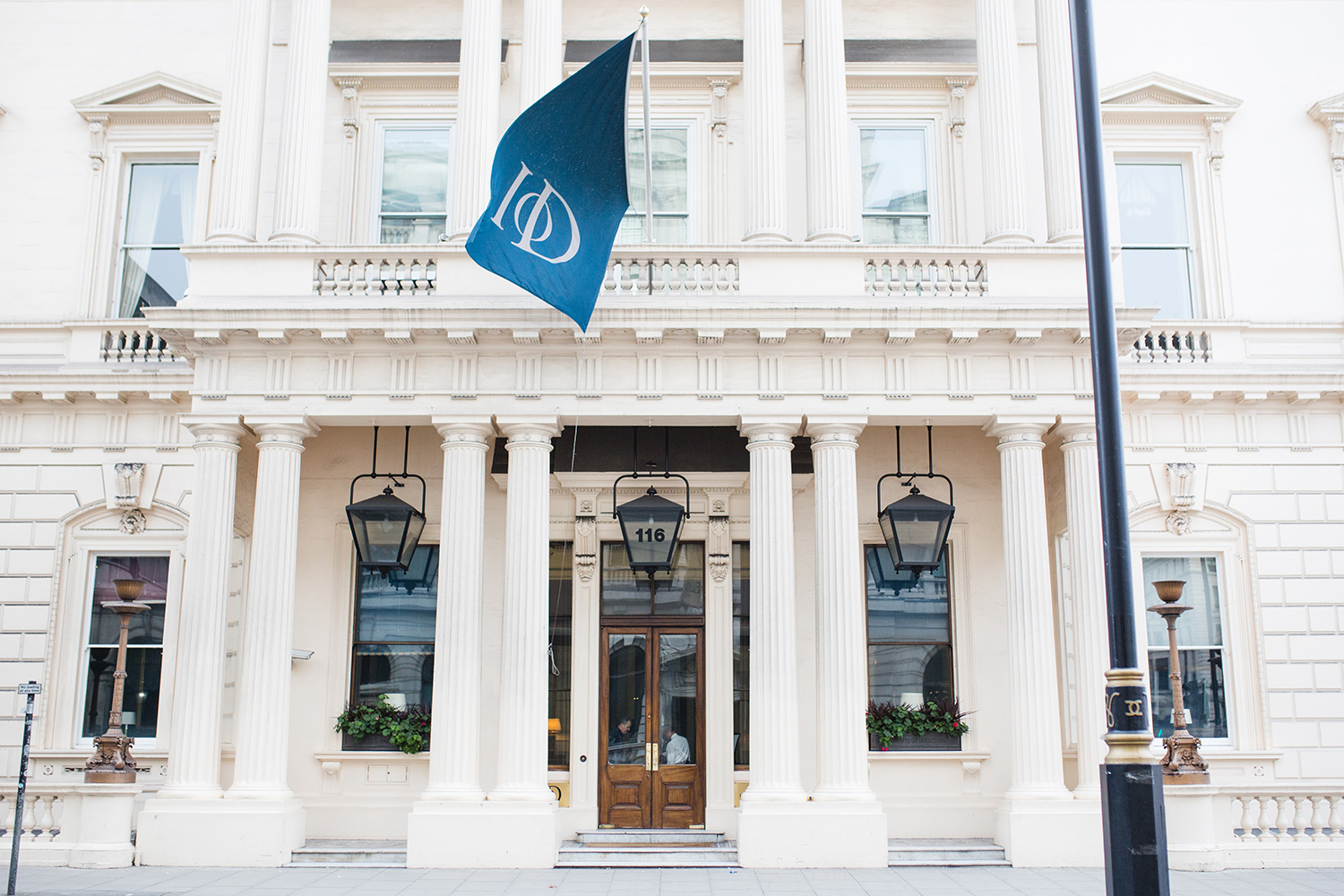The History of 116 Pall Mall
This is where war heroes plotted strategies during major conflicts, where spies rubbed shoulders with monarchs, where a Prince would redraft the future of royal residencies and where a British Prime Minister gave a eulogy for a US President.
A home fit for a Prince
The story starts in 1714 when former Chancellor of the Exchequer Henry Boyle assumed the title of the 1st Baron Carleton and had a house built on the land that is now 116 Pall Mall, but was known as Carlton House - the London residence of George IV from 1783 to 1826.
Some eighteen years later the property was sold to Frederick, Prince of Wales. However, by the time Frederick’s grandson, the future King George IV, inherited Carlton House in 1783 it was a mish-mash of a structure. So, the Prince hired the services of Henry Holland, the go-to architect for English nobility, and £60,000 (or £9.6m in today’s money) was spent on an extensive refurbishment.
Soon, the Prince’s home was firmly established as one of the most important royal residences and 116 is still home to a pair of stunning large iron gates that can be found in the wine bar and were originally the cellar doors at Carlton House.
When George’s father died in 1820, the Prince decided that his existing abode would not suit his needs as King George IV. So, Buckingham House was rebuilt and became Buckingham Palace while Carlton House was demolished.
Meanwhile, five years earlier, Lord Lynedoch, a hero of the Peninsular War who served under five monarchs, met with 80 army generals to discuss the creation of a venue where they could meet and relax. And so, the United Service Club (USC) was born.
Carlton House becomes 116 Pall Mall
In 1826, the USC was on the lookout for a new home. They were keen to vacate their existing abode at Charles Street because it was too small, and the cellars were ‘too warm for French wine.’
At the same time celebrated Regency architect John Nash, who famously designed the Marble Arch and Brighton Pavilion, had been commissioned to conceive a new building on the site of the new king’s former home. The USC would become the first residents in this new property at 116 Pall Mall.
Building work took two years, and when it opened in 1828, King George IV donated a 15ft Regency chandelier to commemorate victory in the Battle of Waterloo. That chandelier still forms a centrepiece above the main staircase.
Over the next decade, the USC began to buy works of art including two magnificent 16ft-wide oils paintings depicting the battles of Waterloo and Trafalgar along with portraits of Lord Nelson and the Duke of Wellington. They also acquired a marble bust of Lord Admiral Nelson for 100 guineas. It is said to be the only bust of Nelson created from life and still resides on the ground floor, perched on a plinth made from part of HMS Victory.
In 1852, the funeral procession for the Duke of Wellington was routed to ensure it would go past 116, as he was a regular guest here.
The War Years
Being home to the USC meant that 116 would become a base for senior figures to meet and discuss matters of critical national importance during World Wars I and II.
Among them was the exiled Norwegian monarch, King Haakon, who would regularly join his officers in what is now the Directors Room to plan strategy during World War II. After the war, Haakon started an annual tradition of Norway sending a Christmas tree for Trafalgar Square as a thank-you gift to the UK.
Another visitor during World War II was James Bond’s author Ian Fleming while he was serving as a spy in the Naval Intelligence Division.
As the UK economy struggled in the 1970s, a string of members clubs in the heart of London closed down and 116 shut its doors in 1977 but not before the USC held one last party and left the building looking very much like the morning after the night before.
A new home for the IoD
The IoD moved in the following year and set about restoring the venue to its former glory. One of the conditions of the sale was to retain the USC’s original fixtures and fittings.
In 1978, the Nash Room became a location for Sir Richard Attenborough’s Oscar-winning epic, Gandhi. That was the first of several films and TV shows to feature scenes shot on these premises including The Dark Knight, Downton Abbey and US comedy Parks and Recreation. It also provided the backdrop for Margaret Thatcher to deliver her eulogy for Ronald Reagan in 2004.
In recent years, 116 has also become a versatile venue capable of holding events as diverse as a food festival to opening night film parties to the 2016 London Mayoral Debate between Sadiq Khan and Zac Goldsmith.
In 2018, it was transformed into Open House, the IoD’s three-day business festival. Just as any successful business must adapt without losing sight of its heritage so 116 Pall Mall continues to thrive in the modern world.
Want to read more articles like this? Sign up to our newsletter to receive our latest news, blogs, offers and industry trends.
EVENT SPACE FOR HIRE AT 116 PALL MALL
116 Pall Mall, a historic, Grade-1 listed Georgian masterpiece in the heart of London can be hired as a venue for any kind of event, from weddings to conferences, launch parties to fashion shows.
Make an enquiry to find out more information, including arranging a personal tour of 116 Pall Mall.



